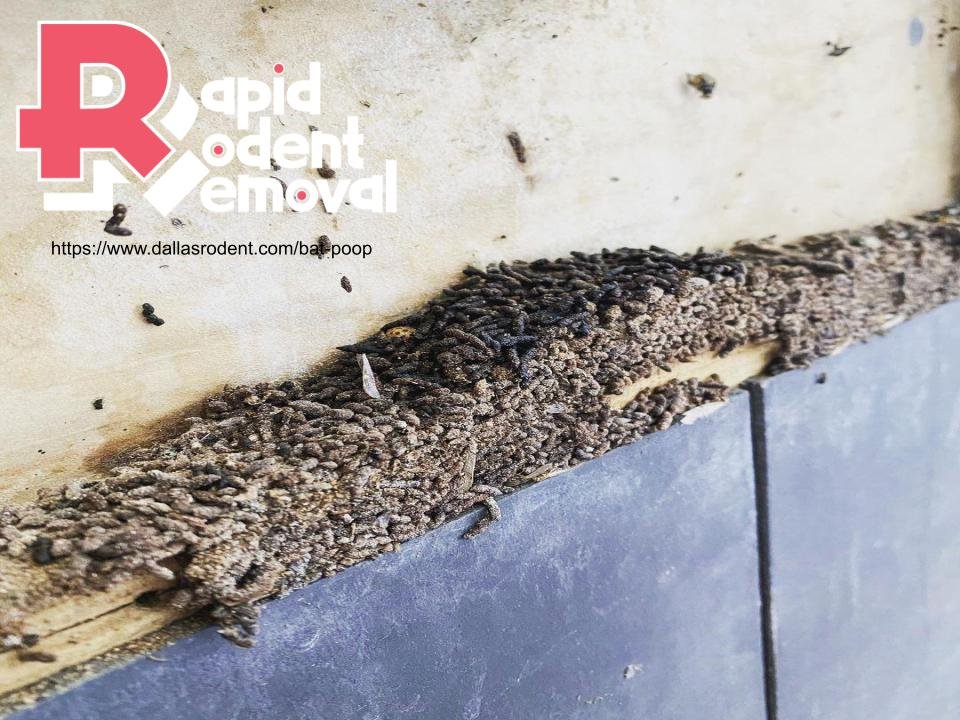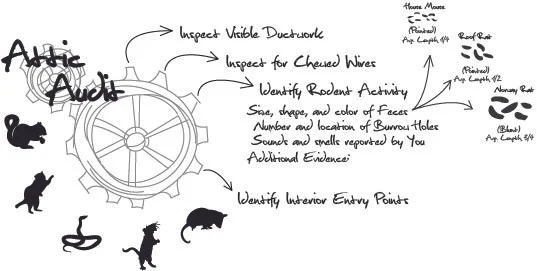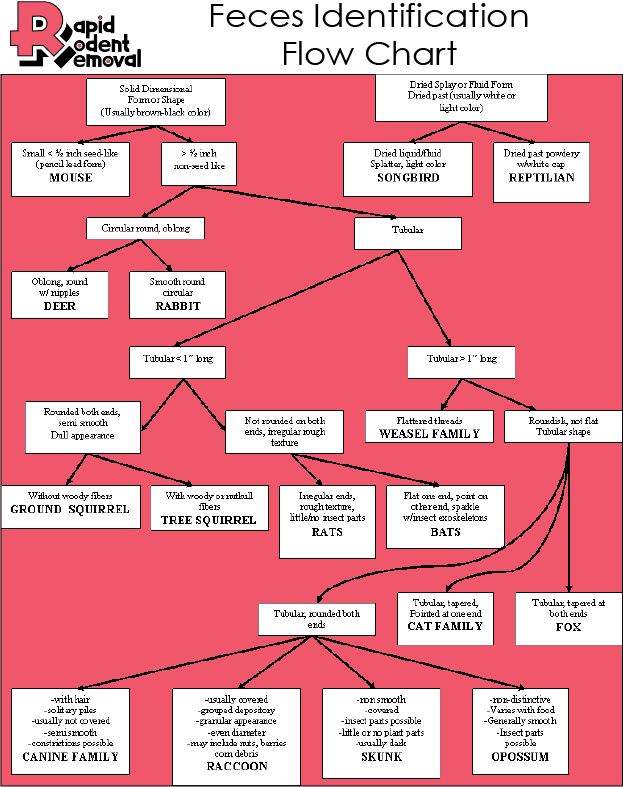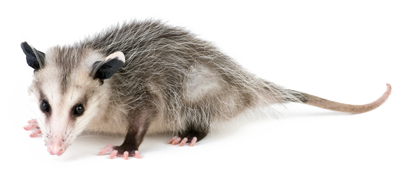What Does Bat Poop Look Like?
What Does Bat Poop Look Like?
If you're curious about what bat poop looks like, it's essential to learn how to identify it accurately. Bat droppings, also known as guano, can be a sign of a bat infestation in your property. Recognizing it can help you take the necessary steps to deal with the problem before it becomes a health hazard. In this article, we'll explore the features of bat poop, compare it to other droppings, and discuss the health risks and cleanup procedures. Click for info on Rodent Removal Squirrel Removal or Raccoon Removal if you think the sound you hear isn't Bats.
Bat Poop Features
Bat Poop Size
Bat droppings are typically small, ranging from 0.125 to 0.5 inches in length. The size depends on the bat species and their diet. However, most bat droppings are about the size of a grain of rice.
Bat Poop Color
The color of bat poop can vary from dark brown to black, depending on the bat's diet and the age of the droppings. Fresh droppings tend to be shiny, moist, and dark, while older droppings dry out and lighten in color.
Bat Poop Texture
Bat poop is granular and crumbly in texture. When you crush a dried dropping between your fingers, it breaks apart easily, revealing shiny insect parts inside. This is because bats primarily eat insects, and their droppings contain the exoskeletons of their prey.
Bat Poop Odor
Bat guano often has a distinct, pungent odor. The smell comes from the accumulation of ammonia in the droppings, which increases as the guano decomposes. In large quantities, the odor can be overpowering and unpleasant.
Bat Poop vs. Other Droppings
Bat Poop vs Mouse Poop
Mouse poop are similar in size to bat droppings but have a more cylindrical shape and pointed ends. They are usually scattered randomly and do not crumble when crushed.
Bat Poop vs Rat Poop
Rat poop are larger than bat droppings, measuring about 0.5 to 0.75 inches in length. They are also more spindle-shaped and have rounded ends. Rat droppings do not crumble when crushed and lack the shiny insect parts found in bat poop.
Bat Poop vs Bird Poop
Bird poop are usually white or light-colored and have a pasty consistency, unlike the granular texture of bat guano. They often have a white, chalky center surrounded by a liquid, dark outer ring. Bird droppings are not found in large piles, as they are more likely to be scattered on surfaces where birds perch.
Identifying Bat Poop
Presence of Bats
One of the easiest ways to determine if the droppings you've found are from bats is to look for signs of bat activity. This includes seeing bats flying around your property at dusk, hearing squeaking or scratching noises in your walls or attic, or finding small entry points where bats could access your home.
Location of Droppings
Bat droppings are typically found near the roosting site or underneath the bat's entry and exit points. Common locations include attics, wall voids, and eaves. If you find droppings in these areas, it's more likely that they are from bats rather than rodents or birds.
Accumulation Patterns
Bats often leave piles of droppings beneath their roosting spots, whereas rodent droppings tend to be more scattered. If you notice a concentrated accumulation of droppings, it's a good indication that you're dealing with a bat infestation.
Bat Poop Health Risks
Histoplasmosis
Bat guano can harbor a fungus called Histoplasma capsulatum, which can cause a lung infection called histoplasmosis when inhaled. Symptoms of histoplasmosis can range from mild, flu-like symptoms to severe respiratory issues, especially in individuals with weakened immune systems.
Other Health Concerns
While bats are not aggressive and rarely bite humans, they can carry the rabies virus. Therefore, it's essential to avoid handling bats or their droppings without proper protective equipment. Additionally, the accumulation of bat guano can lead to structural damage and odor issues in your home.
Cleaning Up Bat Poop
Safety Precautions
Before attempting to clean up bat droppings, it's crucial to take proper safety precautions. Wear protective gear, such as gloves, a mask, and goggles, to avoid contact with the droppings and prevent inhaling fungal spores.
Cleaning Methods
Begin by removing any visible bats from the area, and seal entry points to prevent future infestations. Dispose of bat droppings in sealed plastic bags, and clean the affected surfaces with a disinfectant solution. Vacuuming is not recommended, as it can release fungal spores into the air. If you're unsure about the cleanup process or worried about potential health risks, consider hiring a professional wildlife removal service.
Being able to recognize bat poop is essential for identifying and addressing a bat infestation in your home. Bat droppings have distinct features, such as their size, color, texture, and odor, which can help differentiate them from other animal droppings. It's vital to be aware of the potential health risks associated with bat guano and follow proper safety measures when cleaning up droppings to protect yourself and your family.
Bat Poop FAQs
1. How can I tell if the droppings I found are from bats or rodents?
Bat droppings are granular and crumble easily, revealing shiny insect parts inside. They are also typically found in piles beneath roosting spots. Rodent droppings, on the other hand, are more cylindrical with pointed ends and do not crumble when crushed.
2. Can bat droppings cause health problems?
Yes, bat droppings can harbor the fungus Histoplasma capsulatum, which can cause histoplasmosis, a lung infection, when inhaled. Additionally, bats can carry the rabies virus, so it's essential to avoid direct contact with bats and their droppings
All About Animals …
Suspendisse nec congue purus. Aenean eu justo sed elit dignissim aliquam. Suspendisse nec congue purus. Class aptent taciti sociosqu ad litora torquent per conubia nostra, per inceptos himenaeos.
RATS
SQUIRRELS
RACCOONS
OPOSSUMS
SNAKES
BATS
WILDLIFE REMOVAL
articles:
What does a rat nest look like ?
What is a Squirrel King













